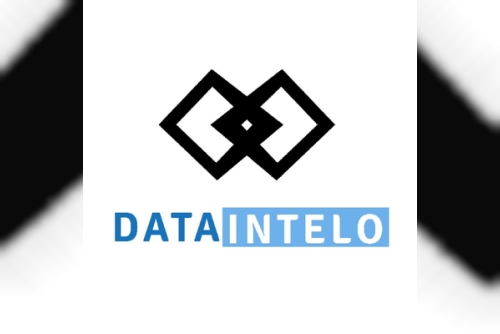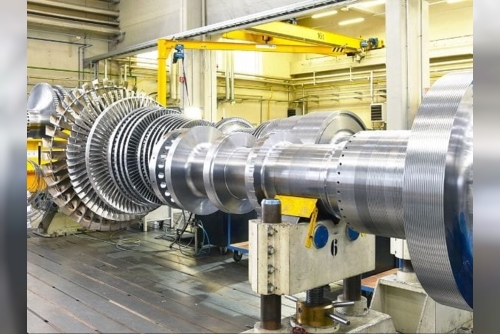mRNA
Vaccine Development
One of the most significant advancements in recent vaccine technologies has
been the development of mRNA vaccines. mRNA, or messenger RNA, vaccines work by
giving our cells temporary instructions to make harmless copies of the spike
protein found on the surface of the SARS-CoV-2 virus. This trains the immune
system to recognize and fight off the real virus if exposed in the future.
The first mRNA vaccines for COVID-19 were developed and authorized for use in
record time. Both the Pfizer and Moderna vaccines went from initial development
to regulatory approval in less than a year, an unprecedented timeline. This was
possible due to prior research on mRNA platforms and because developers were
able to build on existing scientific knowledge about coronaviruses.
Researchers are now exploring mRNA Vaccine
Technologies for influenza, Zika virus, HIV, and various cancers. If
proven effective, mRNA could revolutionize how new vaccines are developed by
shortening timelines and allowing for rapid design modifications.
While mRNA technology had been researched for decades, COVID-19 provided the incentive
and funding to pursue practical applications at scale. The success of the COVID
vaccines has further validated mRNA as a versatile platform that can
potentially be used for vaccines against other diseases.
Heterologous Prime-Boost Approaches
To optimize immune responses against certain pathogens, researchers are
increasingly combining different vaccine vectors in heterologous prime-boost
regimens. This involves using two or more different vaccine types, either as
separate doses or in a single formulation. For example, an adenovirus vector
vaccine may be used to prime the immune system, followed by a boost with a
protein subunit or mRNA vaccine.
Heterologous prime-boost regimens aim to harness the individual strengths of
different vaccine platforms while mitigating weaknesses. Viral vectors, for
instance, can effectively prime T cell responses but may have weak antibody
induction. Protein subunits generate robust antibody responses but lack
cellular immunity components. Combining these mechanisms has shown benefits for
vaccines against malaria, tuberculosis, HIV, and emerging diseases.
Ongoing studies are exploring three-vector heterologous vaccine combinations
for COVID-19 using adenovirus, poxvirus, and protein-based modalities. Results
so far indicate robust and durable immune responses after priming and boosting
with different vaccine types. If proven safe and effective, heterologous
regimens could provide longer lasting protection against SARS-CoV-2 and future
coronaviruses through broad, multi-layered immunity.
Self-Assembling Nanoparticle Vaccine
Technologies
Nanoparticle vaccine platforms represent another cutting-edge area of vaccine
design. Self-assembling protein nanoparticles can strongly stimulate both
antibodies and T cell immunity when used to display foreign antigens. As
sub-micron structures, nanoparticles maximize antigen display and uptake by
immune cells. Several groups are developing ferritin and virus-like
particle-based nanoparticles for vaccines.
One example is a hepatitis B self-assembling nanoparticle vaccine containing
ferritin molecules genetically engineered to express hepatitis B antigen. In
clinical trials, this vaccine induced antibody responses comparable to
traditional hepatitis B vaccines after just two doses. Other researchers are
working on hepatitis E, norovirus, malaria, and HIV nanoparticle vaccines with
promising preclinical results.
An advantage of self-assembling nanoparticle vaccines is their potential
thermal stability without refrigeration. Some formulations have shown
effectiveness after storage at 37°C for months without preservatives. This
could enable more flexible delivery in low-resource settings without cold
supply chains. Further optimization of stabilizing immunogens on
self-assembling nanoparticles holds promise to revolutionize vaccine stability,
administration, and coverage worldwide.
Anti-Cancer Vaccines
Another major area of vaccine advancement involves therapeutic applications
against cancer. While preventative cancer vaccines that protect against infection-related
malignancies have yielded some successes, the more difficult challenge is
targeting existing tumors. Modern immunotherapies like checkpoint inhibitors
have demonstrated durable responses in some patients by augmenting their
endogenous anti-tumor immunity. Cancer vaccines aim to complement and enhance
these effects.
Various vaccine platforms are under exploration to specifically activate
cytotoxic T cells against tumor-associated antigens. mRNA and viral
vector-based vaccines can induce robust cellular and humoral immunity through
in vivo antigen expression. Dendritic cell-based therapies load patient's
antigen-presenting cells with cancer material ex vivo before reinfusion to
stimulate T cells. Peptide, protein and cell-based vaccines also show promise
alone or combined with checkpoint blockade.
Early results indicate anti-cancer vaccines can generate clinically-meaningful
anti-tumor effects, especially in synergism with other immunotherapies.
Continuous advances in tumor immunology, personalized neoantigen design, and
combination strategies hold promise to advance cancer vaccines as a curative
modality. The next decade will likely see significant progress in optimizing
these approaches to benefit more patients with a variety of malignancies.
Advancements in mRNA platforms, prime-boost regimens, nanoparticle design and
immunotherapeutic applications demonstrate the fast-evolving nature of vaccine
technologies. Continuous research supported by public health imperatives like
COVID-19 are likely to yield new solutions that enhance global vaccination
coverage and treatment of serious diseases going forward.
Get more insights on Vaccine Technologies
About Author:
Money Singh is a seasoned content writer with over four years of experience in the market research sector. Her expertise spans various industries, including food and beverages, biotechnology, chemical and materials, defense and aerospace, consumer goods, etc. (https://www.linkedin.com/in/money-singh-590844163)












 Rent Furnished One Bedroom Apartment for a Premium Experience in Bashundhara R/A
Rent Furnished One Bedroom Apartment for a Premium Experience in Bashundhara R/A



